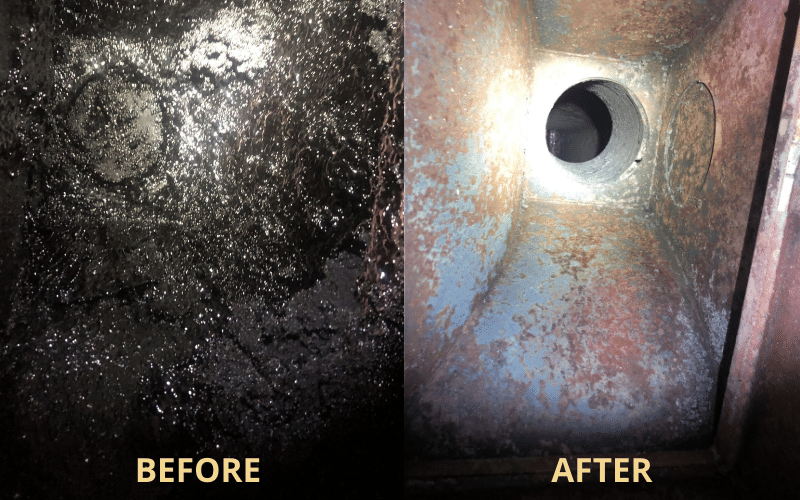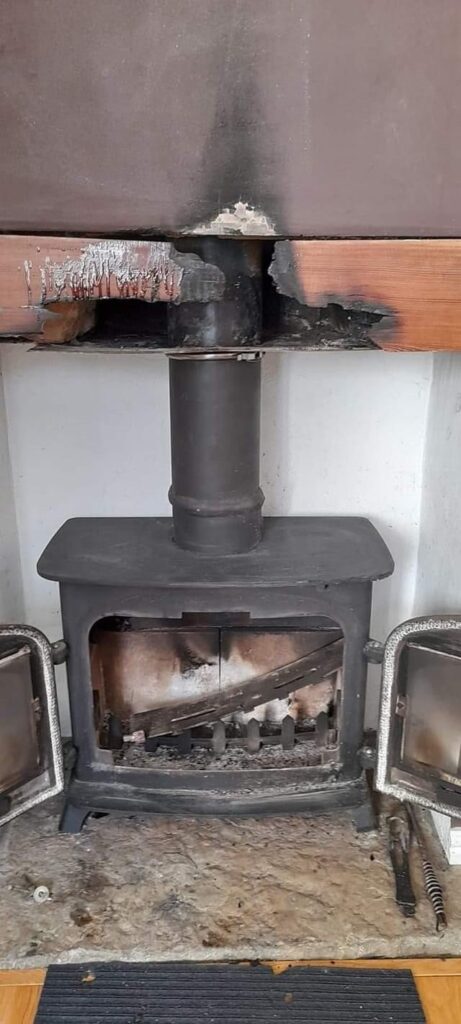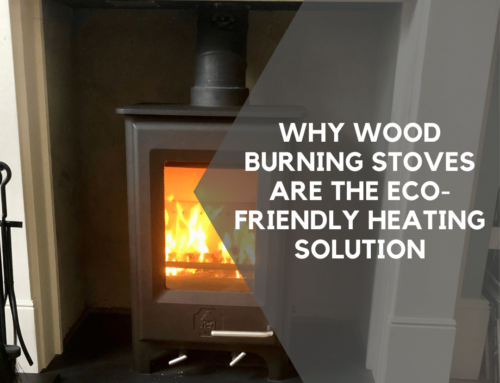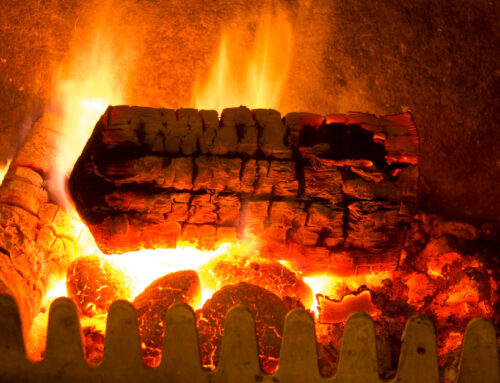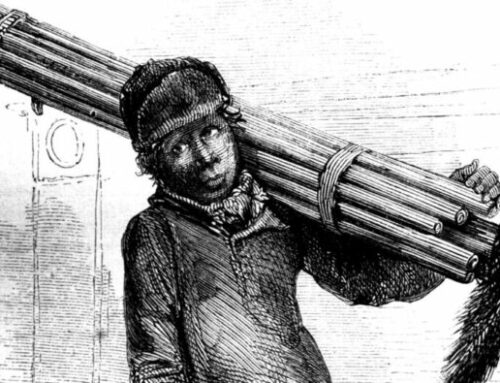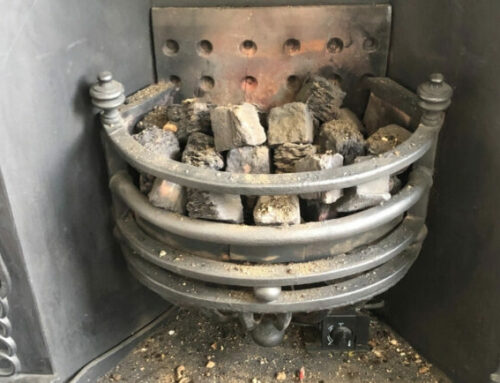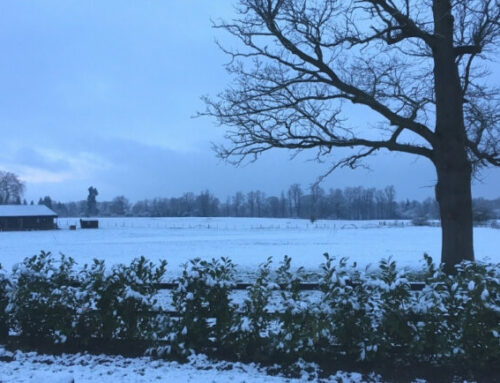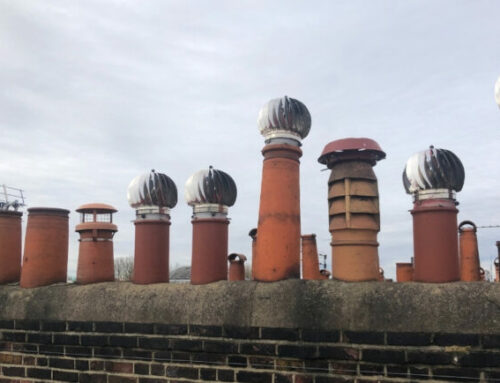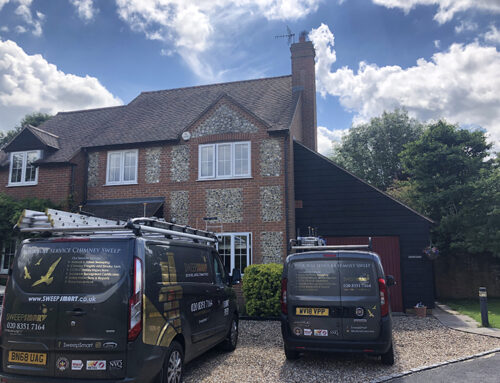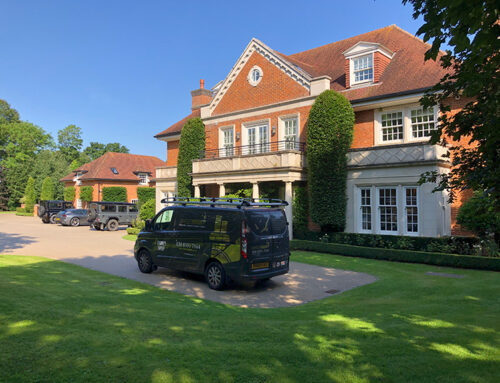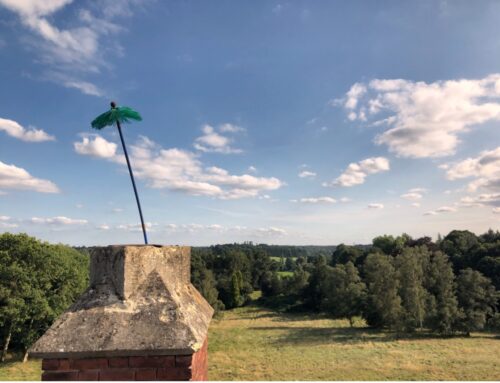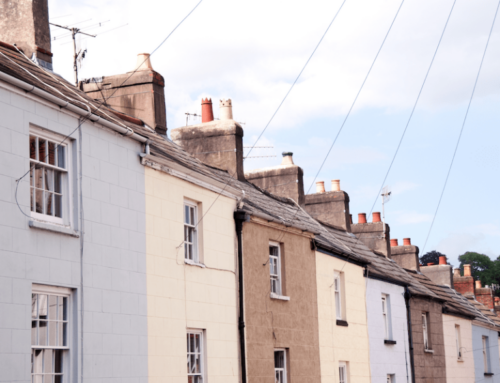
During the colder months, the allure of a crackling fireplace beckons; it’s crucial to acknowledge the potential dangers hiding within our chimneys. Chimney fires, more prevalent than commonly assumed, pose a serious threat to both homes and the safety of residents. In the 2022/23 period, England, Wales, and Scotland collectively reported 3,243 chimney fires, with a notable 40% occurring between January and March in England alone.
This blog aims to shed light on the alarming realities and lesser-known risks associated with chimney fires, equipping you with knowledge to safeguard your loved ones and property. From understanding causes and recognising warning signs to implementing preventive measures and maintenance practices, we’ll delve into every facet of chimney fire prevention.
Whether your fireplace sees frequent or occasional use, comprehending hidden dangers and proactively taking steps is paramount. Delaying education on chimney fires and their potential hazards might lead to irreversible consequences. Stay informed and empowered, and actively protect your home and loved ones.
What is a Chimney Fire?
Chimney fires are menacing occurrences that can strike any home with a fireplace. Knowing how these fires start is the best way to prevent them. Typically, chimney fires arise from a build up of combustible substances, such as creosote, within the chimney. Creosote, a highly flammable by product formed during the burning of wood or solid fuels, accumulates on the inner chimney walls over time, creating a hazardous environment.
When a chimney heats up, the heat can cause the ignition of accumulated creosote, resulting in a rapidly spreading fire that engulfs the entire chimney and potentially extends to the rest of the house. Crucially, chimney fires can occur without evident signs or warnings, underscoring the necessity for regular maintenance and inspections to prevent these concealed dangers.
Identifying Signs and Causes of Chimney Fires
Spotting a chimney fire can be challenging as it often occurs within the chimney, but certain indicators may reveal its presence. The sound and sensation of air rushing through the room as the fire draws in oxygen is a common sign. Residents have likened this sound to that of a jet engine preparing for take off. Additionally, dense smoke or flames emanating from the chimney’s top can signify an ongoing fire.
Understanding the causes of chimney fires is pivotal for their prevention. While creosote build up is the primary culprit, burning unseasoned or wet wood, restricted airflow due to design issues or obstructions, and improper fireplace practices can contribute to creosote formation, elevating the risk of a fire.
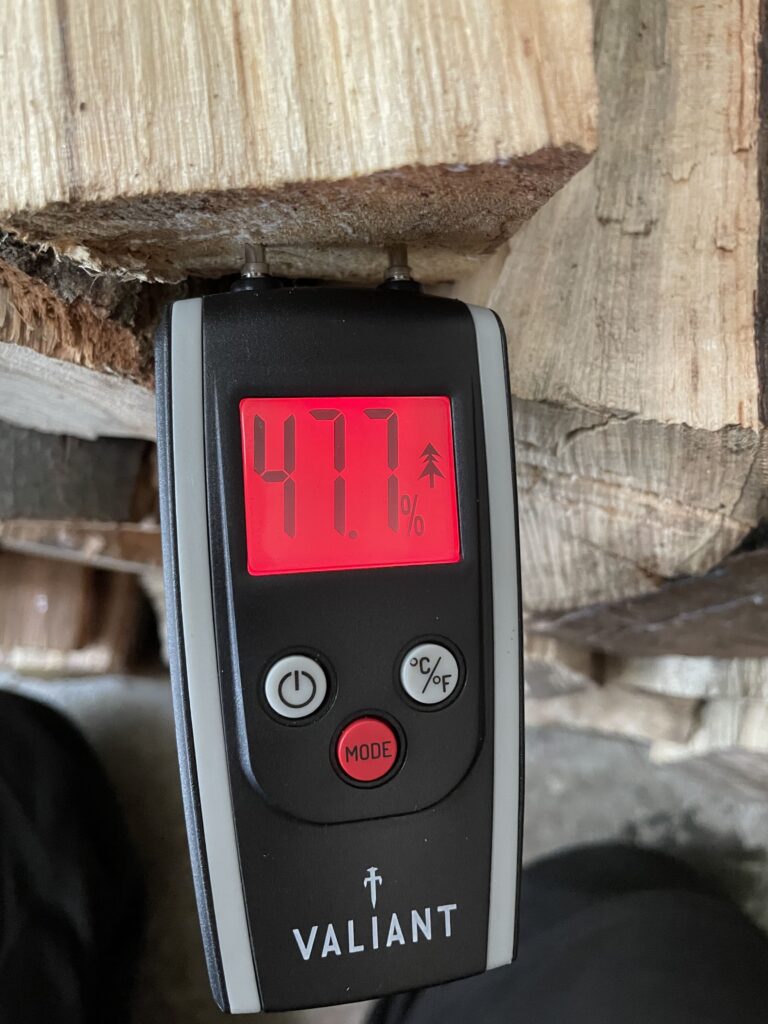
Wood should be below 20% moisture
The Dangers of Chimney Fires
Chimney fires pose immediate and lasting dangers to both homes and residents. The risk of the fire spreading to the entire house, causing structural damage to the chimney, and emitting toxic substances such as carbon monoxide underscore the severe consequences. Prolonged exposure to these toxins can have detrimental health effects.
Preventing Chimney Fires Through Maintenance
Regular maintenance and inspections are paramount in preventing chimney fires. Scheduling professional cleaning and inspection at least annually, coupled with visual checks for damage, ensures the timely identification and resolution of potential issues. Using seasoned wood, maintaining proper airflow, and adhering to fireplace guidelines further reduce the risk of chimney fires.
Chimney Fire Safety Tips
In addition to preventive measures, staying prepared for a potential chimney fire is essential.
- Installing smoke and carbon monoxide detectors
- Have a fire extinguisher
- Create and practice a fire escape plan
- Keep flammable materials at a safe distance from the fireplace
In the event of a suspected chimney fire, swift action is crucial. Evacuating the premises, calling the fire brigade, and refraining from attempting to extinguish the fire independently are vital steps.
Post-fire, professional sweeping, inspection, and leakage testing are essential before resuming fireplace use.
The Role of Proper Design and Installation
Proper chimney installation and design significantly contribute to fire prevention. Collaborating with qualified professionals during stove or fireplace installation ensures adherence to safety regulations, proper airflow, and efficient combustion, minimising the risk of creosote build up and structural damage.
Insurance Coverage for Chimney Fires
While preventive measures are crucial, understanding your insurance coverage in case of a chimney fire is equally important. Reviewing your homeowner’s insurance policy, assessing coverage limits, and making necessary adjustments guarantee adequate protection against potential damages, repairs, and restoration costs.
In Conclusion
Take the uncertainty away and contact a professional to inspect your fireplace and annually sweep the chimney. This will drastically reduce the likelihood of chimney fires. Ensuring a clean and appropriately constructed flue, coupled with adherence to safety distances from combustible materials, virtually eliminates the need to confront this potentially catastrophic risk. Stay proactive and informed, and prioritise the safety of your home and loved ones through consistent chimney maintenance and fire prevention measures.
Keep your home and family safe; arrange an appointment today with SweepSmart


